by Julia López-Robertson, Tiffany LaBrooy, Kirstin Wade & Jamie Yobs, University of South Carolina
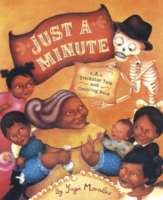 This week a group of students read Yuyi Morales’ beautiful stories, Just a Minute and Just in Case. Just a Minute is a witty tale of Grandma Beetle who gets a surprise visit by Señor Calavera, a skeleton who has come to inform her that it is “time to go.” Grandma Beetle says she will go in “just a minute” after she sweeps one house, boils two pots of tea, makes three pounds of corn into tortillas… and on and on until she gets to ten where she informs her grandchildren that Continue reading
This week a group of students read Yuyi Morales’ beautiful stories, Just a Minute and Just in Case. Just a Minute is a witty tale of Grandma Beetle who gets a surprise visit by Señor Calavera, a skeleton who has come to inform her that it is “time to go.” Grandma Beetle says she will go in “just a minute” after she sweeps one house, boils two pots of tea, makes three pounds of corn into tortillas… and on and on until she gets to ten where she informs her grandchildren that Continue reading


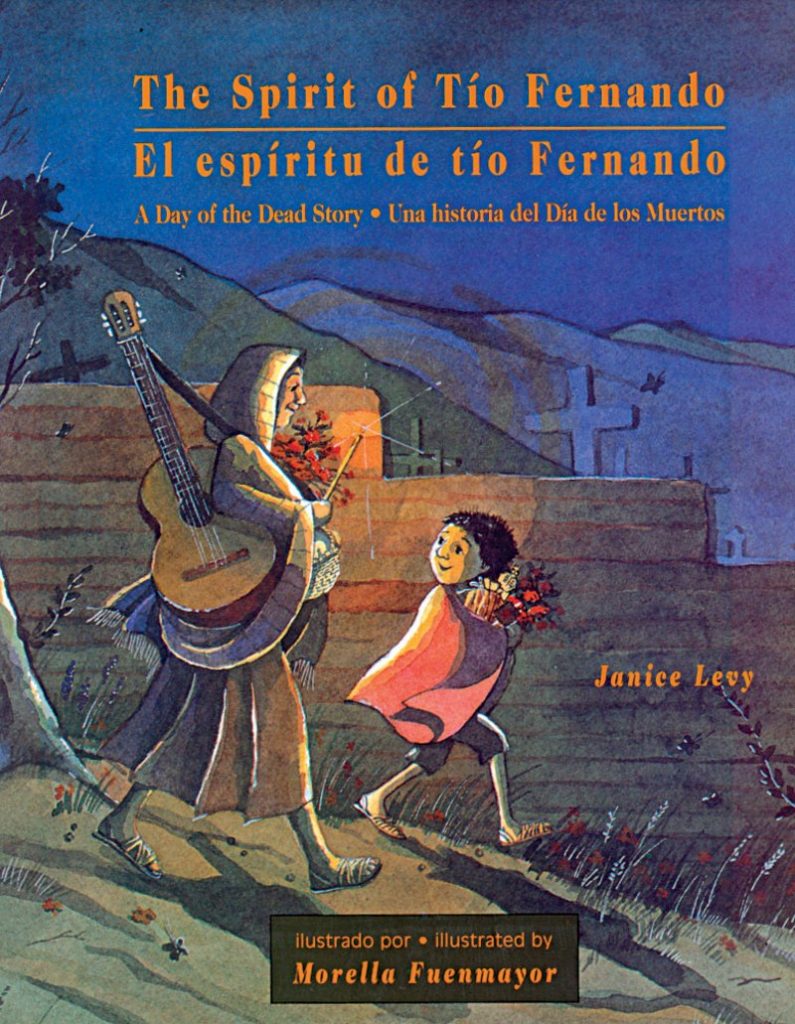
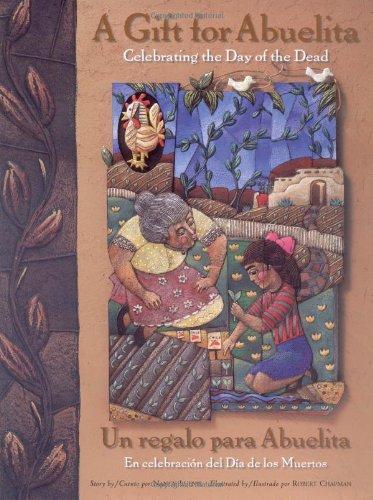
 Many teachers are very hesitant to use graphic novels in their classroom. Much of the hesitation has to do with a personal lack of familiarity with this specific form of literature. For some, the use of graphic novels in the classroom is foreign and scary, some might not even see it as “literature,” while others are actually beginning to see the great advantage of using them to supplement student learning.
Many teachers are very hesitant to use graphic novels in their classroom. Much of the hesitation has to do with a personal lack of familiarity with this specific form of literature. For some, the use of graphic novels in the classroom is foreign and scary, some might not even see it as “literature,” while others are actually beginning to see the great advantage of using them to supplement student learning.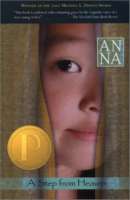 In
In 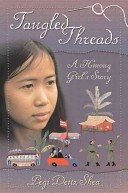 Immigrant students face significant challenges in balancing their home culture and American culture. In
Immigrant students face significant challenges in balancing their home culture and American culture. In 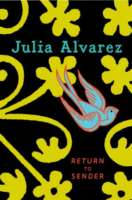 Emergent bilinguals make up 8.2% of the total population of all children under the age of 18 in South Carolina. While there are many languages spoken by immigrant children in our schools, Spanish is the most widespread language spoken by 40,000 of all emergent bilinguals (
Emergent bilinguals make up 8.2% of the total population of all children under the age of 18 in South Carolina. While there are many languages spoken by immigrant children in our schools, Spanish is the most widespread language spoken by 40,000 of all emergent bilinguals (